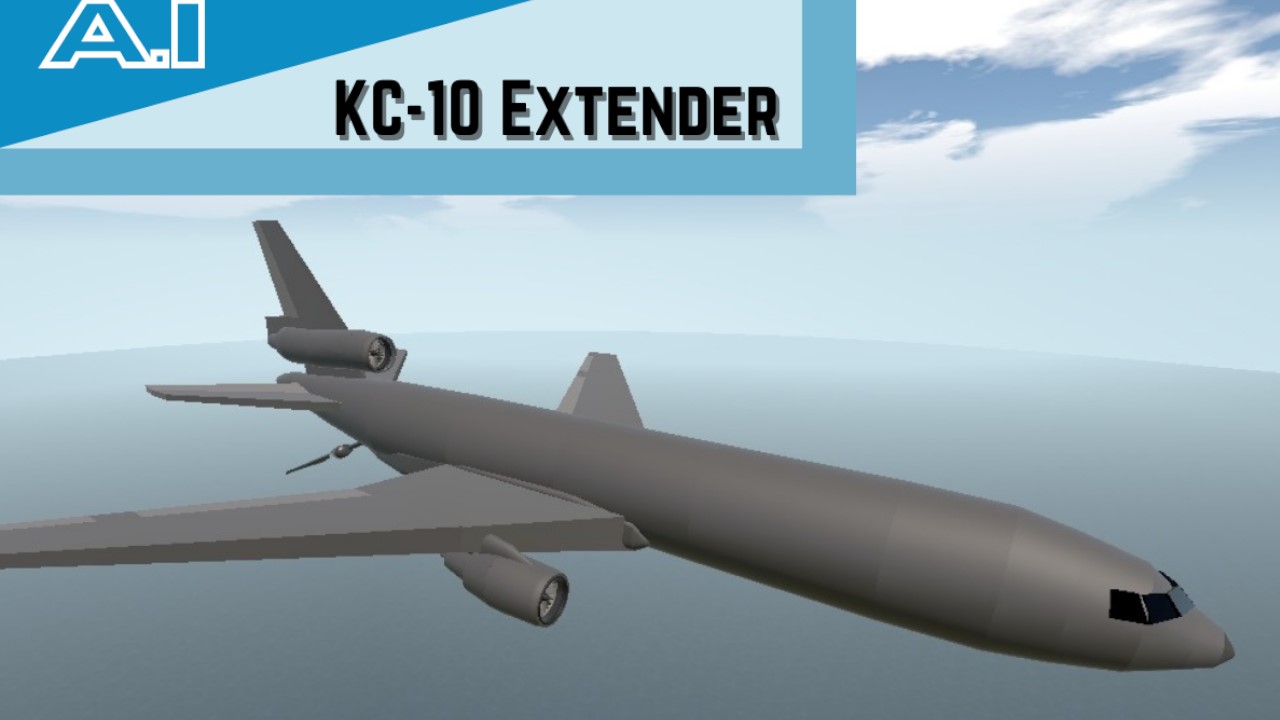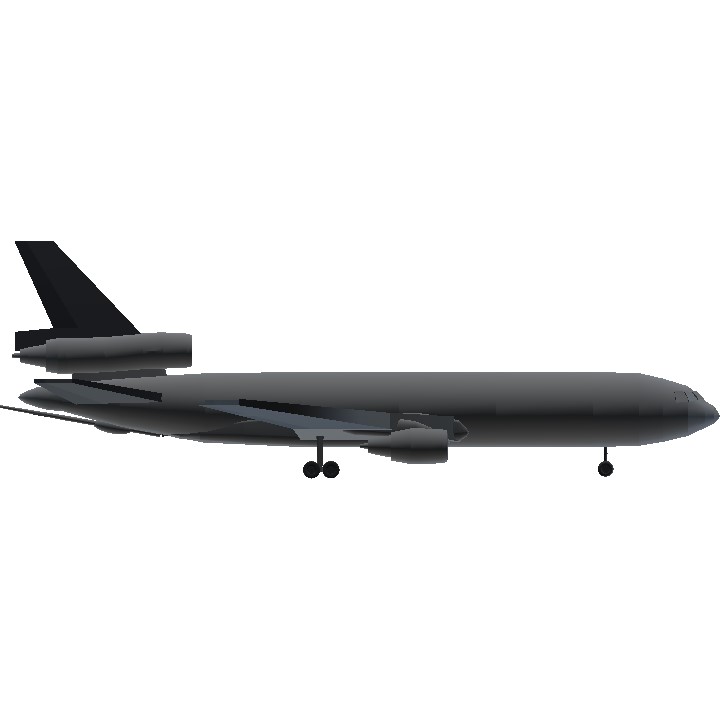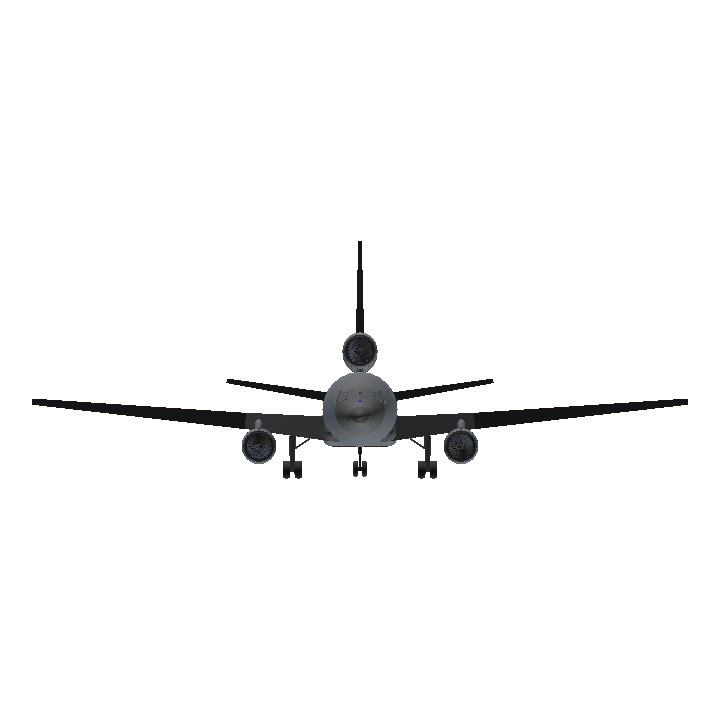Parenting plane
.
.
.
.
The KC-10 Extender first flew on 12 July 1980, but it was not until October the same year that the first aerial refuel sortie was performed.[5][6] The design for the KC-10 involved modifications from the DC-10-30CF design. Unnecessary airline features were replaced by an improved cargo-handling system and military avionics.[7] Meanwhile, the KC-10 retains 88% commonality with its commercial counterparts, giving it greater access to the worldwide commercial support system.[3] Other changes from the DC-10-30CF include the removal of most windows and lower cargo doors.[8] Early aircraft featured a distinctive light gray, white and blue paint scheme, but a gray-green camouflage scheme was used on later tankers. The paint scheme was switched to a medium gray color by the late 1990s.[9]
The most notable changes were the addition of the McDonnell Douglas Advanced Aerial Refueling Boom and additional fuel tanks located in the baggage compartments below the main deck. The extra tanks increase the KC-10's fuel capacity to 356,000 lb (161,478 kg), nearly doubling the KC-135's capacity.[5] The KC-10 has both a centerline refueling boom—unique in that it sports a control surface system at its aft end that differs from the V-tail design used on previous tankers—and a drogue-and-hose system on the starboard side of the rear fuselage. The KC-10 boom operator is seated in the rear of the aircraft with a wide window for monitoring refueling rather than prone as in the KC-135. The operator controls refueling operations through a digital fly-by wire system.[9][10]
Unlike the KC-135, the KC-10's hose-and-drogue system allows refueling of Navy, Marine Corps, and most allied aircraft, all in one mission.[5] The final twenty KC-10s produced included wing-mounted pods for added refueling locations.[1] The KC-10 can also carry a complement of 75 personnel with 146,000 lb (66,225 kg) of cargo, or 170,000 lb (77,110 kg) in an all-cargo configuration.[5] The KC-10 has a side cargo door for loading and unloading cargo. Handling equipment is required to raise and lower loads to the cargo opening. It can carry cargo and serve as a tanker on overseas missions.[11]
Source: Wikipedia
.
.
.
.
Controls
Stock Default Controls (For AI use)
-AG1: Refueling Boom
-VTOL: Flaps
AG1 and VTOL unusable for AI, but theyre some niche additions i guess idk
.
.
.
.
Reference

.
.
Upvote or dont idk up to u
Specifications
General Characteristics
- Predecessor MAPA Challenge [CLOSED]
- Created On Android
- Wingspan 164.3ft (50.1m)
- Length 181.2ft (55.2m)
- Height 59.6ft (18.2m)
- Empty Weight 54,158lbs (24,565kg)
- Loaded Weight 74,116lbs (33,618kg)
Performance
- Power/Weight Ratio 3.82
- Wing Loading 83.3lbs/ft2 (406.8kg/m2)
- Wing Area 889.5ft2 (82.6m2)
- Drag Points 50130
Parts
- Number of Parts 96
- Control Surfaces 7
- Performance Cost 607





hmmm
@Legomaster0418 it got 5 wings, 2 for the primary wings, 2 horizontal stabilizer, and 1 vertical stabilizer, the base of the main wings uses fuselage and the base of the vertical stabilizer also uses fuselage
Looks like it has more than 6 wings to me
@MIAW26PERSIAN enbiggener
@Graingy reducer
extender. Elongator, even.
@MIAW26PERSIAN Okay
@Bryan5 successor bug too lazy to get the mods to fix it
Looks awesome
really noble and cool imagine this building is so simple :)
Why did you post/remove it two times ?